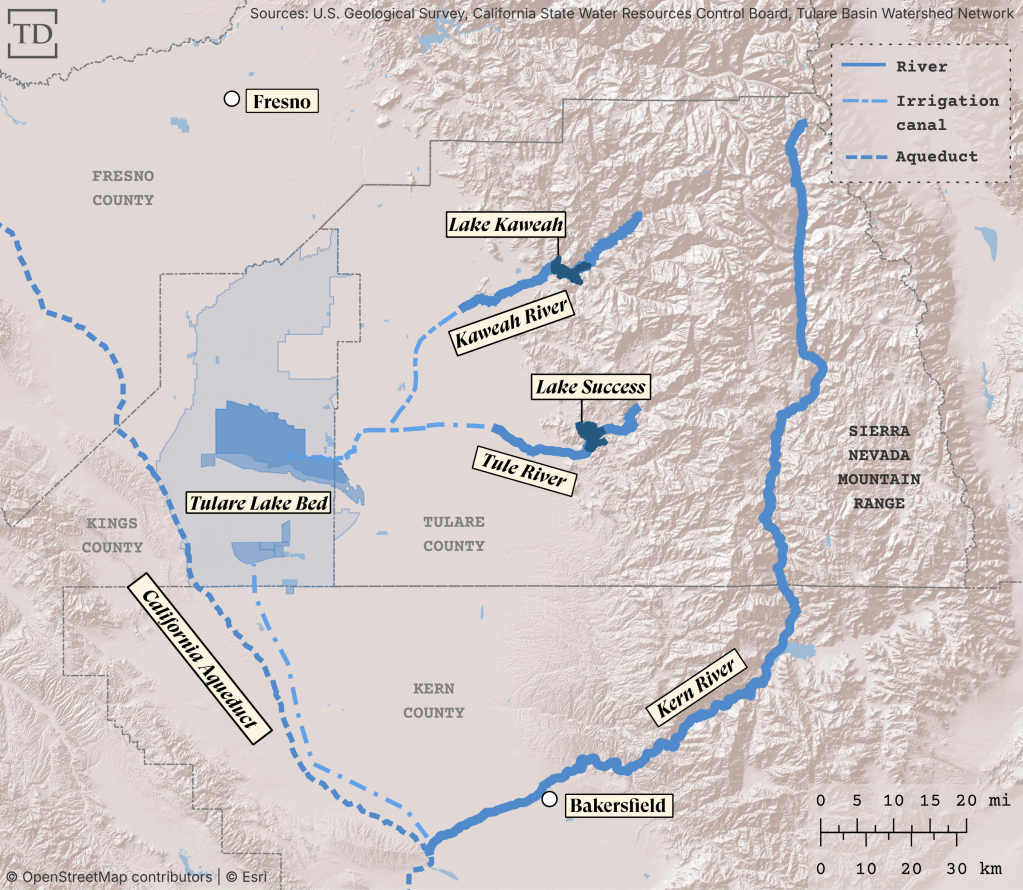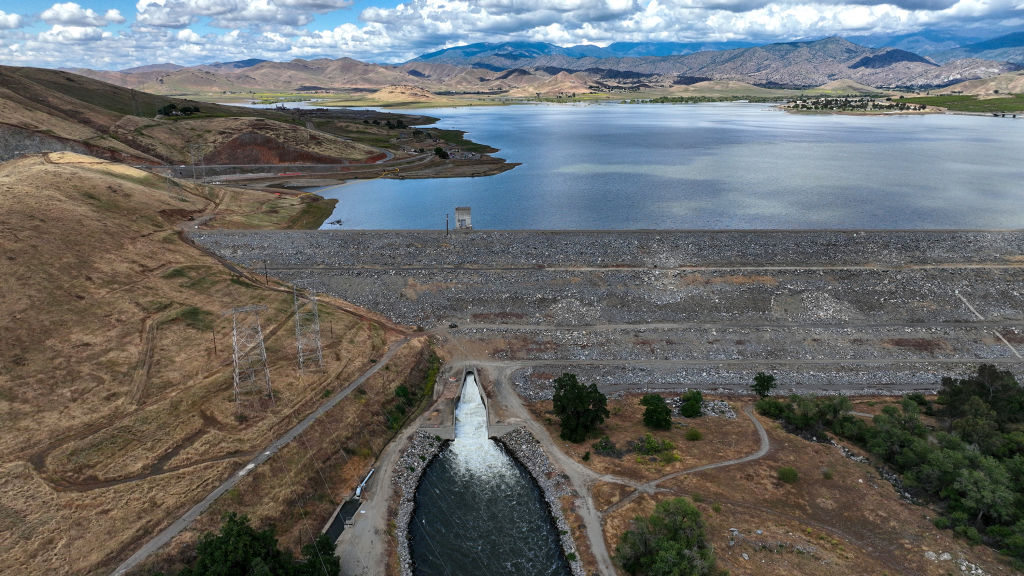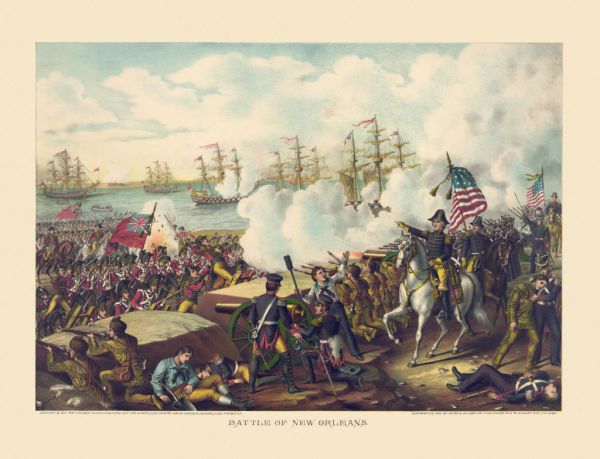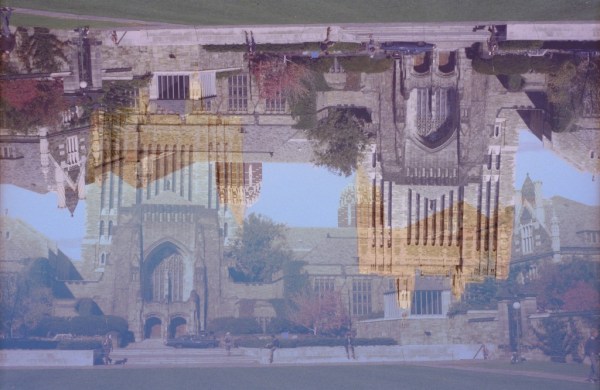The Southern California wildfires reached 100 percent containment on January 31, the same day that President Donald Trump announced on social media that he had ordered the release of more than 1 billion gallons of water from two California dams.
Trump tweeted a picture of flowing water and stated, “Photo of beautiful water flow that I just opened in California. Today, 1.6 billion gallons and, in 3 days, it will be 5.2 billion gallons. Everybody should be happy about this long fought Victory!” He added, “I only wish they listened to me six years ago—There would have been no fire!”
Enthusiastic supporters of the president were quick to champion the move that they claimed “saved” California. “BREAKING Donald Trump just saved Cali by opening up billions of gallons of water,” tweeted the X account “MAGA Voice,” to its nearly 1 million followers.” Similarly, pro-Trump social media personality Mila Joy tweeted, “President Trump is saving California from itself.”
Others admonished Democratic California Gov. Gavin Newsom for not releasing the water under his authority. In another reply to Trump’s post, right-wing internet personality David Freeman—known as “Gunther Eagleman” on X—tweeted, “They should’ve listened years ago. Think about how many acres of land that could’ve been saved if they had just properly prepared and maintained a ready status by just allowing the water to flow.”
But these claims are misleading and miss critical context: Trump did order that two Californian dams increase their water flow, but that water is not going to Southern California for firefighting operations.
On January 24, Trump issued an executive order instructing federal agencies to “maximize” water availability in Southern California “notwithstanding actively harmful State or local policies.” Dam records published by the U.S. Army Corps of Engineers showed that beginning on January 30, water surged from two dams in central California: Terminus Dam, situated on Lake Kaweah, and Schafer Dam—formerly named Success Dam—located on Lake Success. Both are located in California’s Tulare County, nestled within the San Joaquin Valley and the Sierra Nevada mountain range.
Gene Pawlik, a supervising public affairs specialist for the U.S. Army Corps of Engineers, cited the executive order and referenced the wildfires in a statement.
“Consistent with the direction in the Executive Order on Emergency Measures to Provide Water Resources in California,” Pawlik stated, “the U.S. Army Corps of Engineers is releasing water from Terminus Dam at Lake Kaweah and Schafer Dam at Success Lake to ensure California has water available to respond to the wildfires.”
However, water collected from the Terminus and Schafer dams is instead primarily used as a reserve source for Californian farmers, and no active aqueduct is capable of carrying water from the two reservoirs to the Los Angeles region. While the water can at times be directed to southern California through an intertie—a cement box that channels high-flow water from Tulare Lake, an often dry basin downstream of the two reservoirs, and the Kern River into the California Aqueduct, one of Los Angeles’ water sources—such a move is not currently feasible.

Ryan Endean, a deputy director of communications at the California Department of Water Resources, told The Dispatch Fact Check that “sufficient water is not physically present at the Kern River intertie at this time.” Endean further explained that the intertie is used “for the purpose of reducing flood risk in Kern County,” where it’s located, at the discretion of the Kern County watermaster, not state officials. Kern County is directly south of Tulare County.
The increased water flows Trump ordered falls short of the level needed to activate the intertie. “The water recently released by [the U.S. Army Corps of Engineers] from Lake Kaweah and Success Lake are several watersheds to the north,” Endean added. Increasing water flow further would risk flooding surrounding communities and farmland along the Kaweah and Tule Rivers, which flow out of the two reservoirs. “Channel capacity is very dangerous,” Kaweah River Watermaster Victor Hernandez recently told Politico. “People don’t understand that [with] channel capacity, you’re going to have flood damage down below.”
Where does Los Angeles and its surrounding area source its water from? As outlined in a previous Dispatch Fact Check,
About 30 percent of the water supplied to Southern California comes from the Northern Sierra region of California, transported south through the State Water Project, California’s water storage and delivery system that spans more than 700 miles. Southern California receives an additional 20 percent of its water from the Colorado River, collected near California’s border with Arizona and delivered via aqueduct. The region receives the rest of its water from a variety of sources, including the eastern part of California’s Sierra mountain range, several local reservoirs, recycled water, groundwater collected from underground aquifers and from desalination (treating seawater by removing the salt).
California’s State Water Project, one source of water for Los Angeles, does receive water from the Northern Sierra region, but from much further north than Tulare County. Moreover, even while en route down south via the California Aqueduct, the water does not pass through Tulare County. Per an interactive map provided by the Metropolitan Water District of Southern California tracing the California Aqueduct’s path to Southern California, the state water project remains substantially west of Tulare County’s Terminus and Schafer dams.
Meanwhile, both the Colorado River Aqueduct that flows to Southern California, and other water sources located in the Sierra Nevada mountain range, are considerably south of Tulare County and incapable of accessing water released from the Terminus and Schafer dams. Democratic Sen. Alex Padilla of California noted in a letter sent January 31 to recently confirmed Secretary of Defense Pete Hegseth that the water “released do not actually flow into Los Angeles.”
If you have a claim you would like to see us fact check, please send us an email at factcheck@thedispatch.com. If you would like to suggest a correction to this piece or any other Dispatch article, please email corrections@thedispatch.com.










Please note that we at The Dispatch hold ourselves, our work, and our commenters to a higher standard than other places on the internet. We welcome comments that foster genuine debate or discussion—including comments critical of us or our work—but responses that include ad hominem attacks on fellow Dispatch members or are intended to stoke fear and anger may be moderated.
With your membership, you only have the ability to comment on The Morning Dispatch articles. Consider upgrading to join the conversation everywhere.